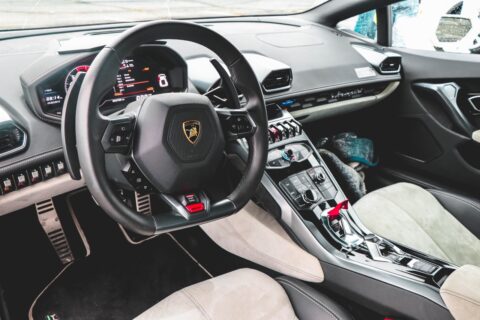The car manufacturing industry is a complex and dynamic sector influenced by a myriad of factors ranging from technological advancements to global economic conditions. Here’s how the journey from production to your garage has been evolving, especially in the light of recent trends and challenges:
1. Global Disruptions and Economic Conditions:
- The automotive industry has been grappling with significant global disruptions, not only from the COVID-19 pandemic but also from geopolitical tensions, such as those in the Asia Pacific region and Ukraine. These disruptions have led to a climate of uncertainty and hesitation, affecting almost every facet of the automotive supply chain from microchips to labor【24†source】.
- Over the past three years, the car market has seen more disruption than any time since the production shutdowns of World War II, largely due to the COVID-19 pandemic【18†source】.
2. Electric Vehicle (EV) Development:
- A major trend in the automotive industry is the continuous focus on the development of electric vehicles (EVs). Despite the global challenges, there has been a significant increase in research and development (R&D) by vehicle manufacturers aiming to improve battery performance and expand charging infrastructure【24†source】.
3. Autonomous Technology:
- The pace of development in autonomous vehicle technology has slowed down as manufacturers redirect and refocus their efforts on refining electric vehicles. This shift is driven by the regulatory landscape which is accelerating the path to wide-scale EV adoption across the globe. Notably, Ford Motors recently put their autonomous technology production on hold, indicating a broader industry trend【24†source】.
4. Labor Challenges:
- The automotive industry has faced labor shortages with a staggering number of employees leaving the workforce and not returning. This labor shortage has led to an increased emphasis on robotics and automation across the supply chain, with automakers exploring the use of robotics not only in assembly lines but across every aspect of the supply chain to ensure quality, speed to market, and the ability to meet consumer demands【24†source】.
5. Market Dynamics:
- The macroeconomic outlook indicates a modest return to growth in new consumer and commercial vehicle sales over the next few years. Global vehicle sales growth is forecasted at 5.1% in 2023 and 3.6% in 2024, with expectations that sales will return to the 90 million+ mark in 2025【19†source】.
6. Supply Chain and Production:
- The COVID-19 pandemic severely disrupted supply chains in early 2020, and a lingering chip shortage continues to hamstring new car production. The push towards electrification is redefining sales and service strategies within the industry【20†source】.
The economics of car manufacturing is continually evolving with a marked influence from global economic conditions, technological advancements, and shifting market dynamics. As the industry navigates through these multifaceted challenges and opportunities, the journey from production to the consumer’s garage is being reshaped, heralding a new era of automotive economics.






